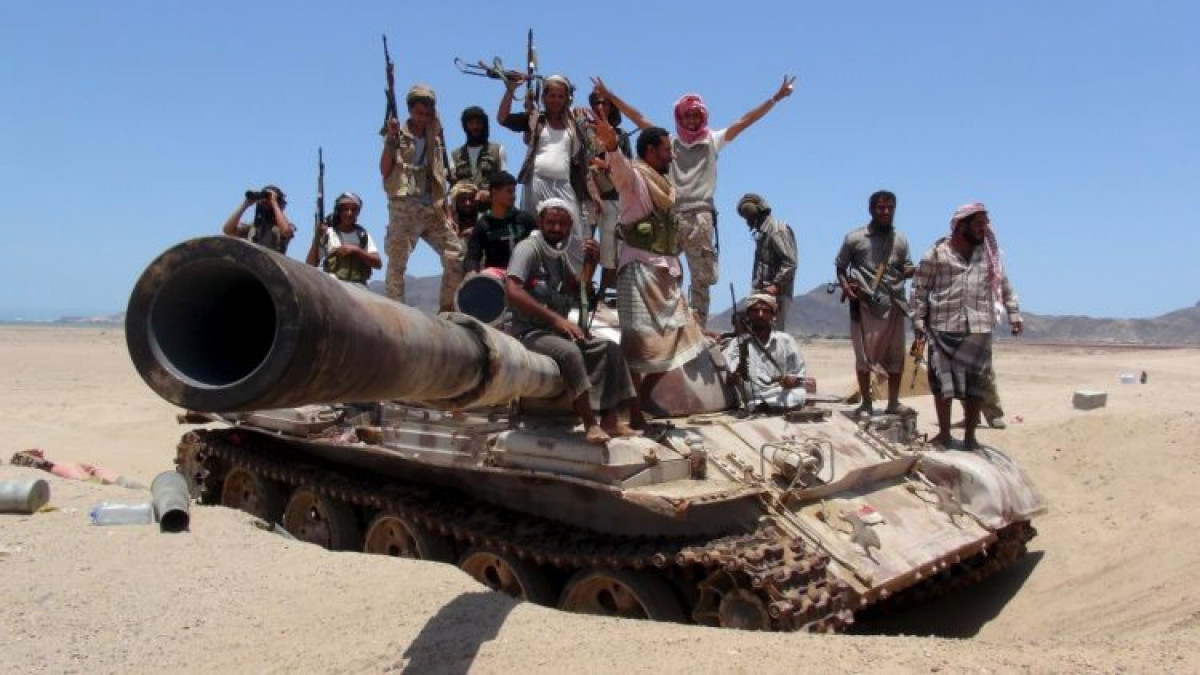 99
99
In recent days, Oman has been the scene of unprecedented protests as a result of widespread unemployment and the country’s dismal economic situation.
The unusual demonstrations are the first indications of popular discontent during the reign of Sultan Haitham bin Tariq, who ascended the throne of Oman in January 2020 after the death of Sultan Qaboos bin Saeed. Sultan Haitham is in a precarious position due to his government’s austerity policies, falling oil prices, the coronavirus outbreak, and resulting social restrictions.
With tens of billions of dollars in debt, the Omani government is already struggling to produce enough jobs for its youth. The unemployment rate in the country soared from 1.8 percent in 2018 to 5% in 2020. However, economic development in the Arab nation of 4.5 million has dramatically slowed amid the Coronavirus outbreak.
Oman has known crude oil reserves of 5.5 billion barrels, making it the 22nd largest country globally and the seventh-largest in West Asia.
However, since the sharp drop in oil prices in 2014, Oman has always maintained a budget deficit. As a result, the government’s debt-to-GDP ratio has climbed from 5% to 60%. The main reason for the financial crisis in Oman, according to economists, is the country’s excessive reliance on oil incomes, as well as the limited non-oil industries. Of fact, Oman’s debts are minor compared to those of many affluent Arab countries, but Muscat has yet to address the underlying roots of the current situation.
With a looming recession, the Omani government’s 80% reliance on oil profits, the recent concentration of budget deficits, and, most crucially, the devastating impacts of the pandemic on the country’s weak economy have left Omani governments in the worst possible scenario. Moreover, the introduction of further value-added tax and reduction of financial subsidies have exacerbated the already difficult situation in Oman.
Oman’s inflation rate has risen from 0.07 percent in 2015 to 1.1 percent in 2016, according to the International Monetary Fund (IMF), with a projection of 4.1 percent in 2017. It’s the first time a situation like this has occurred in the last four years.
The IMF has anticipated 11 inflation outlooks for Oman from 2018 to 2022, ranging from 2.5 to 3.5 percent.
The state economy’s fatness, the prevalence of loss-making businesses, the presence of Indian nationals in high management positions in large corporations, and harsh bureaucracy are contributing to Oman’s lack of economic diversity and dangerous reliance on crude oil sales.
For decades, Oman has been a relatively stable country that has traditionally served as a regional mediator. To alleviate regional and global tensions between Arab and non-Arab states, Oman’s foreign policy is established on constructive neutrality. Muscat, furthermore, engages multilaterally with the United Kingdom, the United States, the Persian Gulf Cooperation Council, the EU, and, most importantly with its northern neighbor, Iran.
Participation in Iranian nuclear talks, mediation in Iran’s disputes with other countries, non-compliance with US sanctions policies against Tehran, development of the Iran-Oman-Qatar axis vis-à-vis the US-UAE-Saudi axis, positive neutrality in regional crises, and mediation in peace talks to end the Saudi war on Yemen are all examples of Yemen’s wise regional and global foreign policy.
As a result of its independent foreign policy, Oman is today in a difficult situation. The Saudi regime has repeatedly accused Oman of facilitating the shipment of weapons to Yemeni resistance, even though this claim has been proven completely baseless.
The Saudis may see the recent demonstrations in Oman as an opportunity to fish in troubled waters, given that Riyadh is suffering tremendous blows in the Yemeni crisis.
If Sultan Haitham fails to contain the protests and does not strive to adjust Oman’s economic system, the Saudis may be able to exploit the demonstrations to foment more insecurity and civil war in Oman. Apart from Saudi Arabia, Oman is the only country that borders Yemen, and it is via Oman that enormous volumes of humanitarian supplies reach the war-ravaged Yemen. In the event that the demonstrations continue, the Saudi regime will use Oman’s instability as a bargaining chip with the Yemeni resistance to extricate itself out of Yemen’s quagmire.
Comment
Post a comment for this article